TL;DR
angles are an array of random directions. cos and sin decompose unit vectors pointing along these directions into their x and y components.
Longer explanation
This snippet initializes N unit velocity vectors pointing in random directions. The most logical (and easiest) way to do this is to
- initialize
N random angles uniformly distributed between 0 and 2π, and
for each angle theta, convert the unit vector (1, theta) from polar coordinates to Cartesian coordinates, for which the conversion is
x = cos(theta)
y = sin(theta)
Step 1. is accomplished with
angles = 2 * math.pi * np.random.rand(N)
Step 2. can be decomposed into
# arrays of x- and y-coordinates
velx = np.cos(angles)
vely = np.sin(angles)
# create (x, y) pairs and convert to np.array
vel = np.array(list(zip(velx, vely)))
Note that in your code, np.sin(angles) is used as the x-coordinate, which isn't strictly correct, but it doesn't matter since the angles are random and uniform anyway.
Just FYI, another way to create the (x, y) pairs is
vel = np.vstack([velx, vely]).T
This is much faster since it deals exclusively with Numpy objects, without the intermediate Python list.
Edit
To elaborate on my point regarding using sin and cos for x and y, here is a picture.

The top row shows velocity vectors for small angles (0 < theta < π / 4), in which case swapping sin and cos makes a difference, and you have to be careful to keep track of how you want to measure the angle.
The bottom row shows velocity vectors for uniformly random angles, where swapping the coordinates leaves the result looking pretty similar.
